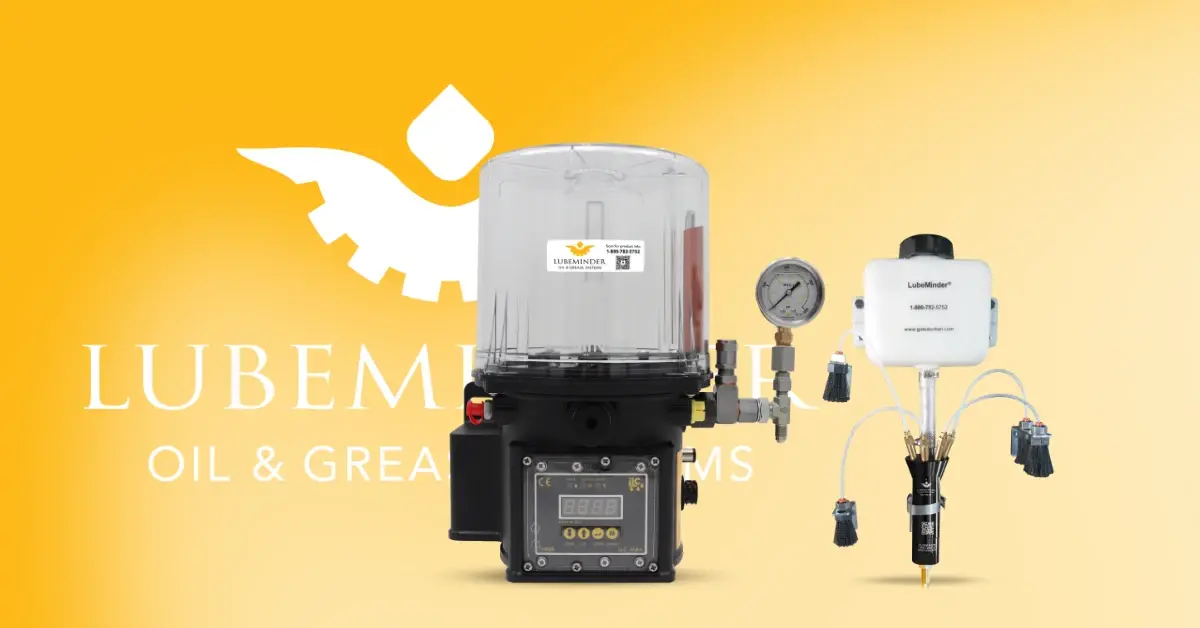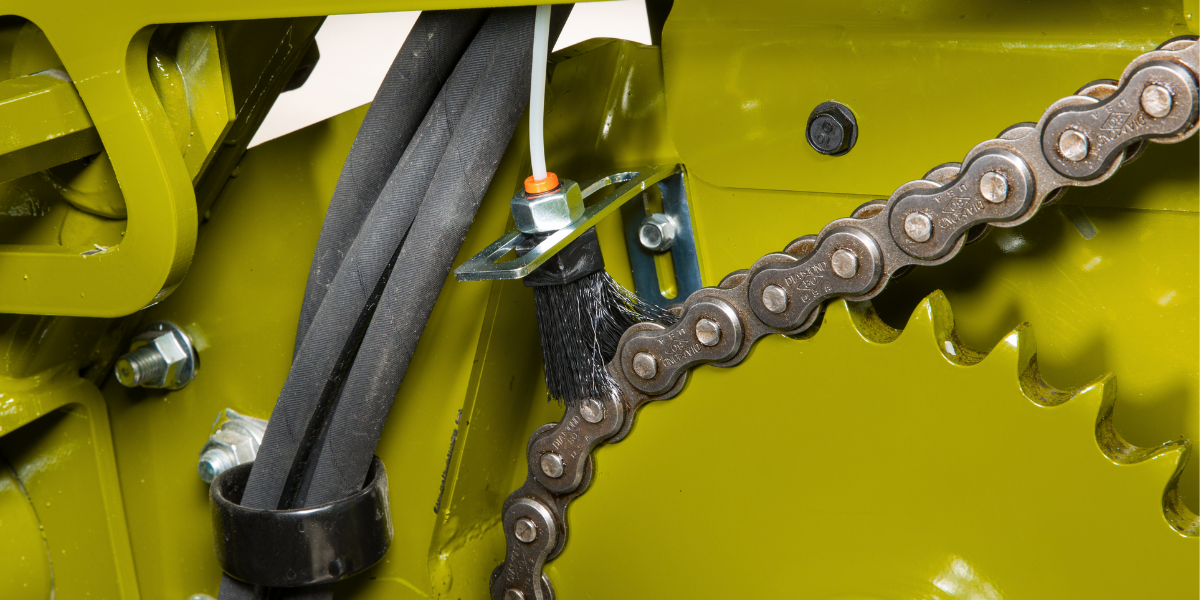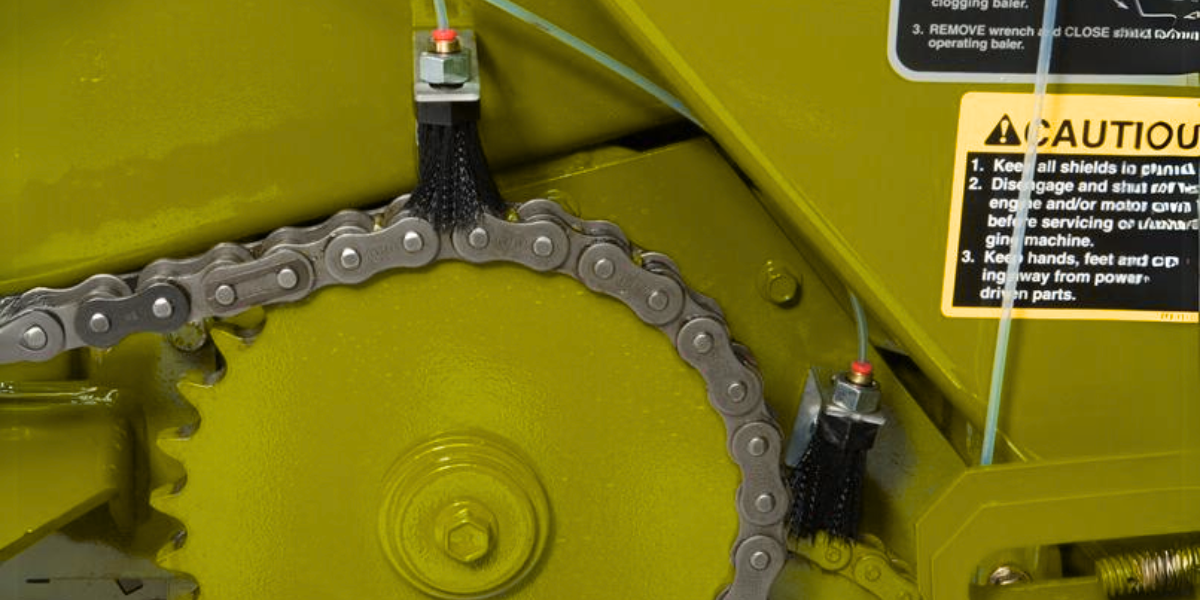4 min read
Troubleshooting Your Lubrication System: 8 Problems to Check For
LubeMinder Team
:
Mar 12, 2025 1:29:54 PM

A properly functioning lubrication system is key to keeping your machinery running efficiently and preventing costly downtime. When something goes wrong, it can be a challenge to identify and resolve the issue.
In this guide, we'll walk you through troubleshooting your lubrication system. From maintenance to troubleshooting pressure complications, we'll review common issues and some straightforward checks to make sure your equipment is operating at peak performance.
understanding how a Lubrication System Works
Before diving into specific problems, it's useful to know the basics. A lubrication system is designed to deliver the right amount of lubrication to all critical component in a machine. This process helps reduce friction, prevent wear and tear, and even cool down moving parts. Essentially, troubleshooting of lubrication system issues starts with understanding this flow - from the pump that pushes the lubricant, to the hoses that carry it, and finally to the points where it's needed.

a Lubrication System Troubleshooting and Servicing Guide
Let's break down some of the common issues you might encounter. Here are eight key areas to inspect:
- Wrong Lubricant
- Too much or too little lubrication
- Maintenance needs
- Contamination
- Pump operation or pressure issues
- Hose problems; blockages, leaks, or kinks
- Environmental factors
- Control or electrical issues
1. Wrong Lubrication
Using the wrong lubricant is more than just a minor mistake - it can lead to a cascade of issues. Different machines require specific lubricant properties such as viscosity, temperature tolerance, and chemical compatibility. For example:
- Viscosity Mismatch: A lubricant that's too thick or too thin for your equipment may not properly coat moving parts, reducing its effectiveness.
- Chemical Incompatibility: Some lubricants contain additives that might react adversely with your machine's materials, causing corrosion or degradation.
Always double-check manufacturer recommendations and technical data sheets to ensure you're using the right product.

2. Too Much or Too Little Lubrication
Achieving the perfect balance is essential:
- Over-Lubrication: Excessive lubricant can lead to buildup in bearings or seals, increasing the risk of leaks or even contaminant accumulation. This surplus might also cause higher operating temperatures and energy losses.
- Under-Lubrication: Insufficient lubrication increases friction, which accelerates wear and can eventually lead to overheating and component failure.
Regular monitoring and adjustment based on usage and operation conditions are key to maintaining the ideal lubrication level.
3. Maintenance Needs
Like any system, lubrication systems require routine check-ups:
- Component Wear: Seals, gaskets, and even the lubricant delivery mechanisms can degrade over time. Regular inspections can catch these early signs of wear.
- Scheduled Servicing: A proactive maintenance schedule - complete with fluid analysis, filter changes, and pressure checks - ensures that all parts remain in good condition, reducing the likelihood of unexpected downtime.

4. Contamination
Contaminants are one of the stealthiest enemies of an efficient lubrication system:
- Foreign Particles: Dust, debris, or even remnants of degraded lubricant can alter viscosity and reduce lubricant performance.
- Water Intrusion: Even small amounts of water can drastically affect the lubricant's properties, potentially leading to rust or corrosion.
Using high-quality filters, sealing off potential entry points, and scheduling regular fluid analysis can help keep contaminants at bay.
5. Pump Operation or Pressure Issues
The pump is the powerhouse behind the lubrication system:
- Irregular Pressure: If the pump isn't generating consistent pressure, the lubricant might not be evenly distributed, leaving some components under-lubricated.
- Mechanical Wear: Over time, pump components such as seals and impellers may wear out, causing fluctuations in performance. Listen for unusual sounds or monitor pressure gauges for signs of trouble.
Regular maintenance of the pump is critical to ensure that the entire system operates as intended.
6. Hose Problems: Blockages, Leaks, or Kinks
Hoses are the pathways that carry lubricant to where it's needed:
- Blockages: Over time, buildup or debris can partially block a hose, leading to reduced flow.
- Leak or Kinks: Even minor leaks or kinks can interrupt the flow, affecting the delivery to certain areas and potentially causing localized damage.
Frequent visual inspections and replacing worn hoses can help prevent these issues from turning into bigger problems.
7. Environmental Factors
The operating environment can have a significant impact on your lubrication system:
- Temperature Extremes: Extreme heat or cold can change the viscosity of the lubricant, impacting its performance.
- Vibration and Mechanical Stress: High levels of vibration or mechanical stress can cause connections to loosen or hoses to wear faster.
Evaluating the environmental conditions and adjusting maintenance practices accordingly is crucial, especially in demanding or harsh settings.
8. Control or Electrical Issues
Modern lubrication systems often incorporate automated controls and sensors:
- Sensor Glitches: Faulty sensors might send inaccurate signals, leading to improper lubricant delivery.
- Electrical Malfunctions: Issues in the control unit can result in erratic behavior, where lubrication may be delayed or delivered inconsistently.
Regular calibration of sensors and periodic checks of the electronic components can prevent these4 errors from disrupting your system.
| Learn more about lubrication systems: Progressive Systems: What to Know |
Four Common Lubrication System Problems
To summarize, many of the issues discussed here fall into what you might call the four common lubrication system problems: using the wrong lubricant, improper lubrication levels, contamination, and mechanical/electrical faults. Identifying these areas is the first step toward an effective troubleshooting process.
What Can You do to Maintain Your Lubrication System?
Regular maintenance is the cornerstone of a reliable lubrication system. Here are some proactive steps to consider:
- Schedule Regular Inspections: Periodic checks can help catch issues before they become major problems.
- Monitor Lubricant Levels and Quality: Keeping tabs on both can ensure your system is always operating under optimal conditions.
- Review the Environment: Adapt your maintenance schedule based on the operating conditions, such as temperature and vibration levels.
- Consult Professional Guides: Whether it's a lubrication system troubleshooting and servicing guide or expert advice, having professional insights can make a big difference.
Lubrication System Troubleshooting: Final Tips & Best Practices
Troubleshooting your lubrication system can be complex, but understanding each component and its common problems makes the process more manageable. By paying attention to these expanded points - from ensuring the right lubricant is used to checking environmental impacts - you can keep your machinery running smoothly and efficiently.
This guide is intended to be an educational resource to help you take a systematic approach to lubrication system maintenance. While regular inspections and preventive measures are essential, remember that professional assistance is always available if issues persist.

